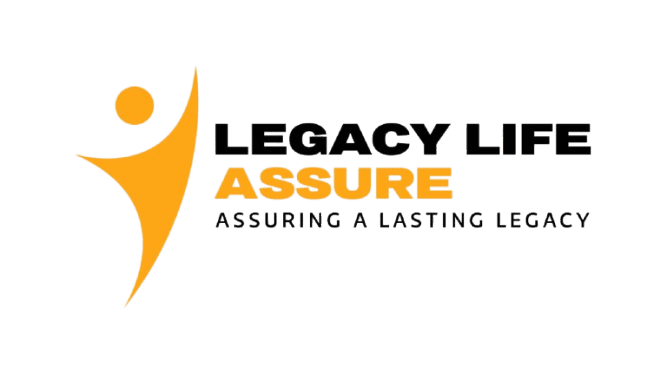Which One Is Right for You?
Deciding between term and permanent life insurance can feel like choosing between two paths one simple and budget-friendly, the other flexible and lifelong. Each option offers unique benefits, but the right choice depends on your financial goals, family needs, and long-term plans. Term life insurance provides affordable coverage for a set period, perfect for temporary needs like paying off a mortgage. Permanent life insurance, on the other hand, offers lifelong protection with the potential to build cash value over time. In this guide, we’ll compare the two, break down their pros and cons, and help you decide which policy aligns with your life. Let’s explore the differences to find the best fit for you!
1️⃣ Understanding Term Life Insurance
Term life insurance is straightforward: it provides coverage for a specific period typically 10, 20, or 30 years paying a death benefit to your beneficiaries if you pass away during that time. It’s often the most affordable option, making it ideal for young families or those with temporary financial obligations like a mortgage or child-rearing costs. For example, a healthy 30-year-old might secure a $500,000, 20-year term policy for as little as $20–$30 a month. If the term ends and you’re still alive, the coverage expires unless you renew or convert the policy. Term life is simple, cost-effective, and focused on providing peace of mind for a defined period. It’s a great choice if you need high coverage without breaking the bank.

2️⃣ Understanding Permanent Life Insurance
Permanent life insurance, as the name suggests, provides coverage for your entire life, as long as premiums are paid. Unlike term life, it includes a cash value component that grows over time, which you can borrow against or withdraw for needs like retirement or emergencies. Common types include whole life, with fixed premiums and guaranteed growth, and universal life, which offers more flexibility. For instance, a $250,000 whole life policy for a 35-year-old might cost $200–$300 a month, depending on health and other factors. Permanent life is pricier but offers lifelong security and potential financial benefits. It’s designed for those who want lasting protection and an investment-like feature.

3️⃣ Cost Comparison
The most noticeable difference between term and permanent life insurance is cost. Term life premiums are significantly lower because they cover a limited period without additional features. For example, a $500,000 term policy might cost $300–$400 annually for a healthy 30-year-old, while a similar permanent policy could cost $2,000–$3,000 per year. Permanent life’s higher premiums reflect its lifelong coverage and cash value growth, which can act as a savings tool. Your budget and financial priorities will heavily influence your choice. If affordability is key, term life may be the better option; if long-term value matters, permanent could be worth the investment.
4️⃣ Ideal Use Cases for Term Life
Term life insurance shines for those with temporary financial responsibilities. It’s perfect for young parents who want to ensure their children are supported until they’re financially independent or for covering debts like a 20-year mortgage. For example, a couple with a newborn might choose a 20-year term policy to cover childcare costs and education if one parent passes away. It’s also ideal for those who want high coverage amounts without high premiums. However, term life doesn’t build cash value, and coverage ends when the term expires, so it’s not suited for lifelong needs. Evaluate your short-term obligations to see if term life fits your situation.

5️⃣ Ideal Use Cases for Permanent Life
Permanent life insurance is best for those seeking lifelong coverage or planning for long-term financial goals like estate planning or leaving a legacy. It’s a good fit for high-net-worth individuals who want to cover estate taxes or business owners ensuring their company’s continuity. For example, a 40-year-old business owner might choose a universal life policy to protect their business and family while building cash value for future needs. The cash value can also supplement retirement income or fund major expenses. However, the higher cost means it’s less practical for those on a tight budget. Consider permanent life if you want flexibility, estate planning, and lasting benefits.
6️⃣ Making the Right Choice
Choosing between term and permanent life insurance depends on your financial situation, goals, and timeline. If you need affordable, temporary coverage for specific debts or dependents, term life is likely the way to go. If you’re looking for lifelong protection with the added perk of cash value, permanent life might be worth the investment. Speak with a licensed insurance agent to compare quotes and customize a policy that fits your needs. Take the first step today by assessing your budget and priorities your family’s financial security is worth it. A tailored policy can provide peace of mind for years to come.

